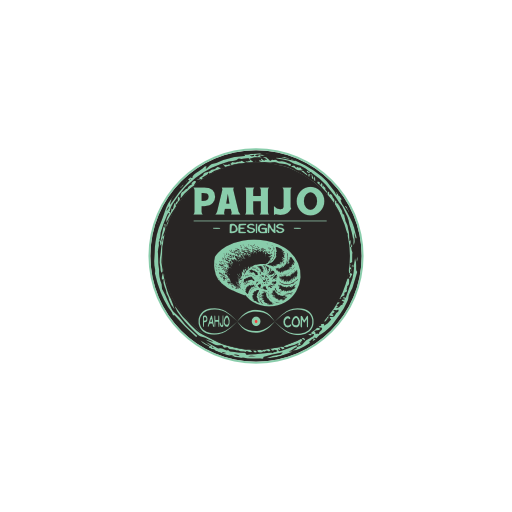In this leaf mulching guide, I show you how to shred leaves for mulch for garden beds and vegetable gardens.
Even if you don’t need shredded leaves, the information in this article can help you understand the importance of organic matter in your flower beds.
Here are some jump links to the main sections of this post to help you find the information you need quickly.
Benefits of Leaf Mulch for Gardens
Leaves to Avoid Using for Mulch
How To Shred Leaves for Mulch
Use Leaf Mulch in Gardens
Why Use Shredded Leaves for Mulch
Shredded leaves and grass clippings provide a great organic mulch provided by mother nature.
They provide valuable nutrients for vegetable beds, gardens, fruit orchards, permaculture projects, and decorative flower beds.
When trees shed their dead leaves each fall and into the winter months, people view them as yard waste.
So, they bag piles of leaves or burn them.
They unknowingly discard a valuable resource for their gardens.

Shredded leaf mulch improves soil erosion, retains soil moisture, and supports beneficial microbial activity in the garden.
Keep reading to find out how to shred leaves for mulch.
What Leaves Should Not Be Used for Mulch?
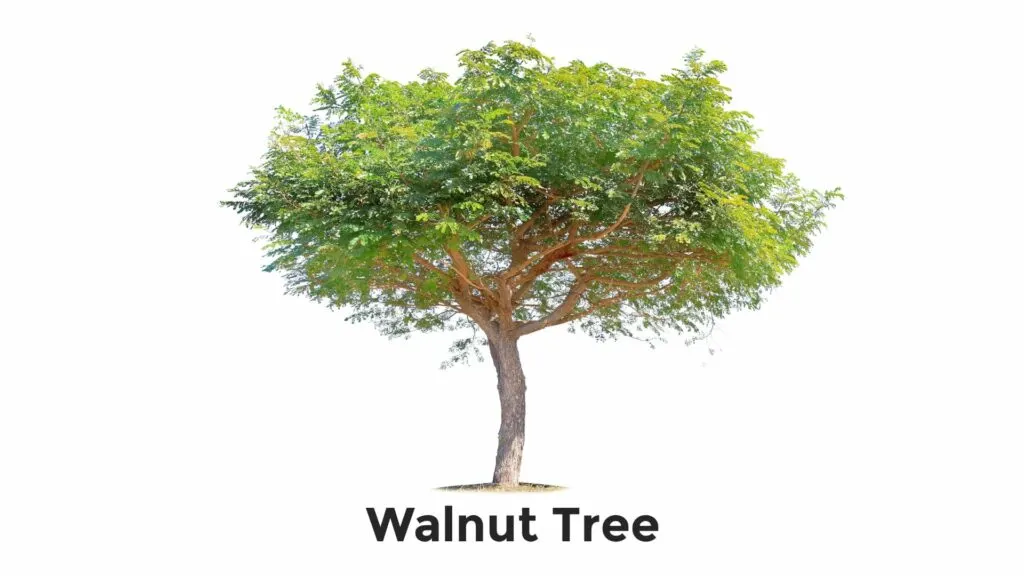
While many leaves can be used for mulch, there are some types of leaves you should avoid using.
Here are leaves to be cautious about using as mulch and why:
- Walnut Leaves (Juglans spp.): Walnut tree leaves contain juglone. Juglone inhibits the growth of many plants and makes them not ideal for mulch. They can negatively affect the health and growth of neighboring plants as well.
- Eucalyptus Leaves (Eucalyptus spp.): Eucalyptus leaves contain oils and compounds that can be toxic to some plants. It’s best to avoid using large amounts of eucalyptus leaves as mulch.
- Poison Ivy (Toxicodendron radicans), Poison Oak (Toxicodendron diversilobum), and Poison Sumac (Toxicodendron vernix): Leaves from these plants should never be used for mulch. They can cause severe skin reactions or allergic responses and should be avoided altogether.
- Leaves from Diseased Plants: Do not use leaves from plants that have been affected by diseases or pests. These pathogens or pests may continue to live in the mulch and affect other plants in your garden. It’s best to dispose of such leaves separately.
- Leaves from Treated Trees: Leaves from trees that have been treated with pesticides or herbicides should not be used as mulch. The chemicals in these leaves can have adverse effects on your garden and the environment.
In general, it’s best to use leaves from healthy, non-toxic trees and shrubs as mulch such as oak leaves or maple leaves.
Before using leaves from a particular tree or shrub, research their potential effects on your specific garden and the plants you intend to mulch.
If you’re unsure about a particular type of leaf, it’s a good idea to consult with local landscape architects or gardening experts for guidance.
Create Piles of Leaves
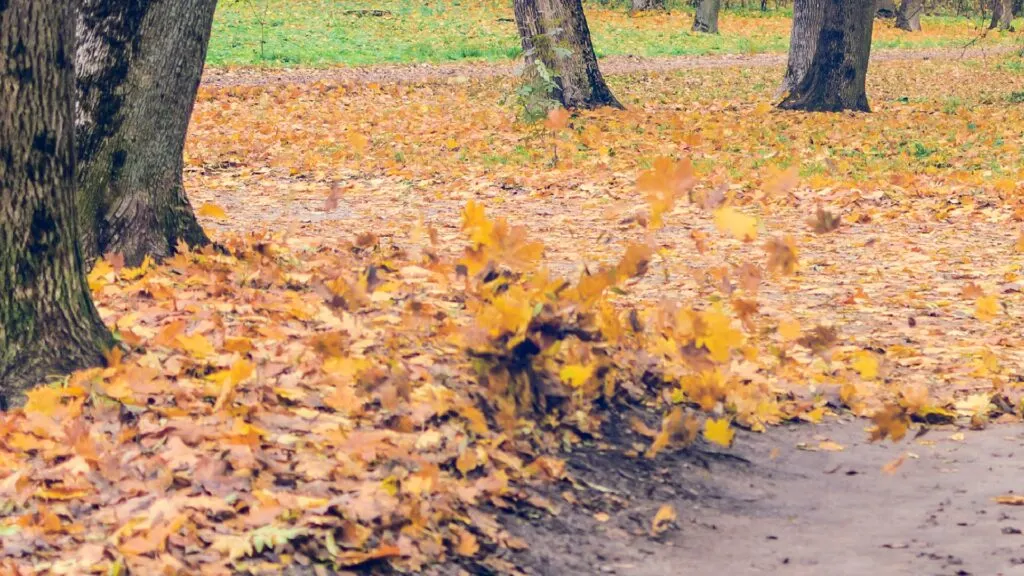
First, gather the fall leaves into huge piles around your yard using a rake or leaf blower.
A leaf sweeper is the best way to gather leaves to make leaf piles.
This tool picks up leaves from your lawn and deposit them into a hopper.
While it won’t shred the leaves, it’s a convenient way to gather leaves for shredding.
If you have a lot of leaves, you may need to form multiple piles.
Lastly, rake the leaf piles in an area with decent airflow.
Allow Leaves to Dry
For the best results, it is a good idea to shred dry leaves for mulch.
Shredding dry leaves is more efficient and produces finer mulch material.
Dry leaf mulch is easier to spread and covers the soil surface more uniformly.
Additionally, dry leaves do not clump together when shredding into fine particles.
This reduces the risk of clogging the mulching mower or other shredding equipment.
Dry leaf mulch is excellent to suppress weed growth, moisture retention, and soil enrichment, as it decomposes relatively quickly to release nutrients into the soil.
Shredding wet leaves pose the following problems:
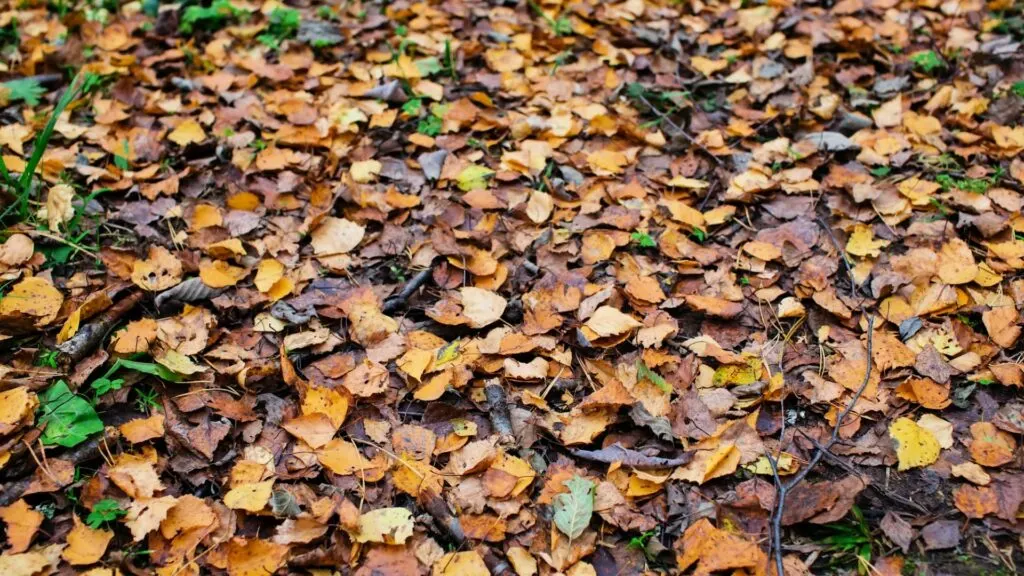
- Wet whole leaves clog shredding equipment more frequently than dry leaves.
- The resulting mulch from wet leaves may be coarser, less uniform, and slower to break down.
- Moisture content slows down the decomposition process.
- Wet leaves form a thick layer on top of soil and trap moisture. Ultimately, this negatively impacts soil health.
Methods to Shred Leaves for Mulch

By shredding your leaf pile using one of the methods below, you produce a mulch to boost the health and vitality of your garden with a little extra work.
The method you choose depends on the amount of leaves you have, the tools and equipment at your disposal, and your personal preference.
Each of these simple ways to shred leaves help you create effective mulch for gardens or perennial beds.
1 – Shred Leaves using Leaf Shredder
A leaf shredder is a dedicated machine designed for turning leaf litter into mulch.
It effectively shreds leaves into little pieces and creates high-quality mulch.
These machines process large quantities of leaves with little work and place the shredded leaves into a plastic bag.
2 – Use a Lawn Mower
You can attach a bag collector to your lawn mower to collect leaves and grass blades as you mow over them.
Keep in mind, set the mower to a high setting to avoid scalping your lawn when using a grass catcher.
This method works well for smaller quantities of leaves.
3 – How to Shred Leaves with a Leaf Mulcher + Vacuum
Electric or gas-powered leaf mulchers and leaf vacuums vacuum up leaves and shred them into mulch.
They are the easiest way to shred leaves for mulch for smaller yards with small leaves.
In fact, some leaf blowers come with a shredding function.
Essentially, this function helps break down leaves while you blow them into a big pile.
4 – Manual Leaf Shredding
For small quantities, you can shred leaves manually.
Place the leaves in a bag or bin and use garden shears or a string trimmer to cut them into smaller pieces.
This method is labor-intensive but effective for smaller gardens.
5 – Wood Chipper
If you have access to a wood chipper for making wood mulch or wood chips, use it to for leaves.
In fact, some have a have a shredding feature as well.
This is a great way to make use of existing equipment.
If you decide to purchase a wood chipper instead of a leaf shredder, you gain the benefit of creating different types of mulch.
6 – Mulching Attachment for Garden Tractor or Riding Mower
Some garden tractors or riding mowers mulching attachments shred leaves as they are collected.
This is an efficient method for large yards and lawns.
7 – Hedge Trimmer or Pruning Shears
In a pinch, you can use a hedge trimmer or pruning shears to manually cut leaves into smaller pieces.
This method works best for small bits or small pieces of leaves.
8 – Commercial Mulching Services

Some companies offer leaf collection and mulching services using specialized equipment.
This option works for those with large properties with many trees.
Add to Compost Bin
After shredding leaves, add shredded leaves to your compost pile.
Over time, the leaves will break down into rich, organic compost that you can use as mulch in your garden.
This method enhances the overall quality of your compost.
Leaf Mulch, Compost, Leaf Mold
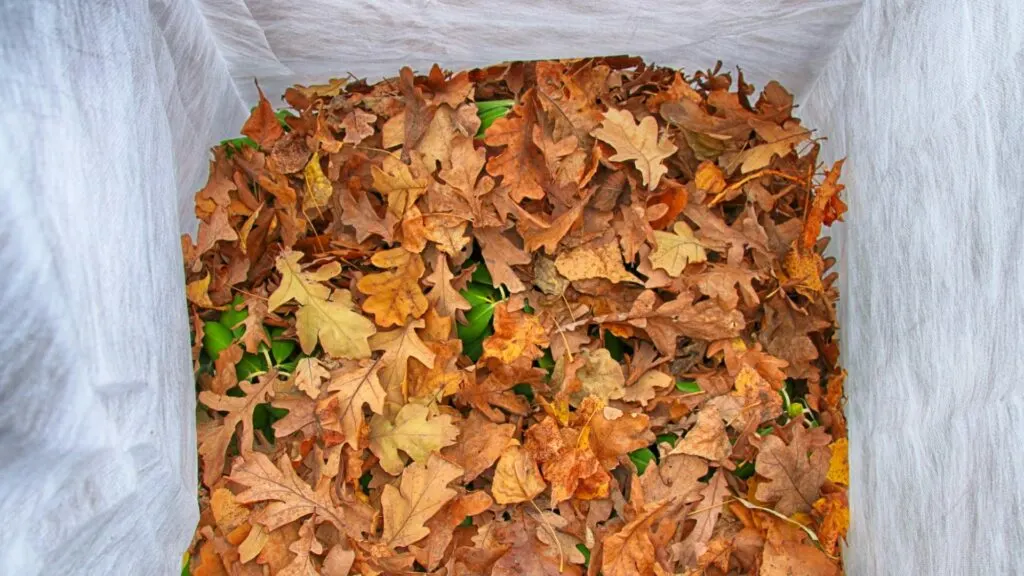
Shredding a pile of leaves transforms them into a high-quality mulch.
This mulch not only protects your soil and conserves moisture, but also gradually decomposes into a nutrient-rich organic material that enhances soil fertility.
In addition, shredded leaves can be a valuable addition to your compost pile as it enriches it with organic matter.
Shredded leaves can be used to create leaf mold (also known as leaf mould).
Leaf mold serves as a potent and sustainable alternative to peat moss.
How To Use Leaf Mulch in Gardens
Using leaf mulch in gardens is a simple and effective way to improve soil health and the overall quality of your garden. Here are the steps to use leaf mulch effectively in your garden:
- Collect and Shred Leaves: Gather fallen leaves in the autumn or whenever they are available. Shred them into smaller pieces using one of the methods mentioned earlier, such as a leaf shredder, lawn mower with a bag attachment, or manual tools.
- Prepare the Garden Bed: Clear the area where you want to apply the leaf mulch. Remove any existing weeds, debris, or old mulch to create a clean slate.
- Spread a Layer of Mulch: Apply a layer of shredded leaves to the garden bed. The ideal thickness is typically 2 to 4 inches, but this can vary depending on your specific gardening needs.
- Avoid the Plant Base: Keep the mulch away from the base of plants to prevent moisture-related issues and potential rot. Leave a small gap around the stems or trunks of plants.
- Water the Mulch: Water the mulch layer lightly to help it settle and prevent it from blowing away. The mulch will also benefit from absorbing some moisture, which can help with decomposition.
- Monitor and Renew: Over time, the leaf mulch will break down and enrich the soil. Monitor the moisture level and add more mulch as needed to maintain the desired depth. You may need to replenish the mulch each season.
Using leaf mulch in your garden provides several advantages, including weed suppression, moisture retention, temperature regulation, and improved soil fertility.
As the mulch decomposes, it releases valuable nutrients into the soil, promoting healthier plant growth.
This sustainable and cost-effective practice not only enhances the appearance of your garden but also contributes to the long-term health of your plants and the ecosystem as a whole.
Conclusion
Shredding leaves for mulch improves the health of your garden.
Not only does it help you manage the excess leaves in your yard, but it also contributes to a greener and more sustainable gardening practice.
So, the next time autumn rolls around and your yard is buried under a layer of leaves, you’ll know exactly what to do.
Related Posts:
